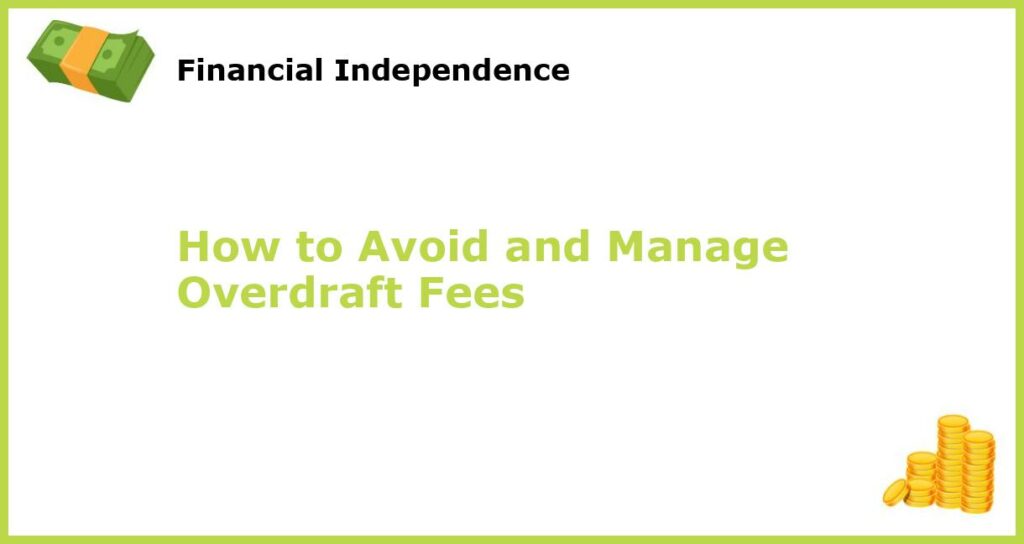In today’s fast-paced world, where we conduct multiple transactions on a daily basis, it is easy to lose track of our bank account balances. One of the most common fees charged by banks is the overdraft fee, which can be hefty. This fee is charged when we spend more money than the balance in our account, and our bank covers the difference. Fortunately, you can take some precautionary measures to avoid and manage overdraft fees.
Understanding Overdraft Fees
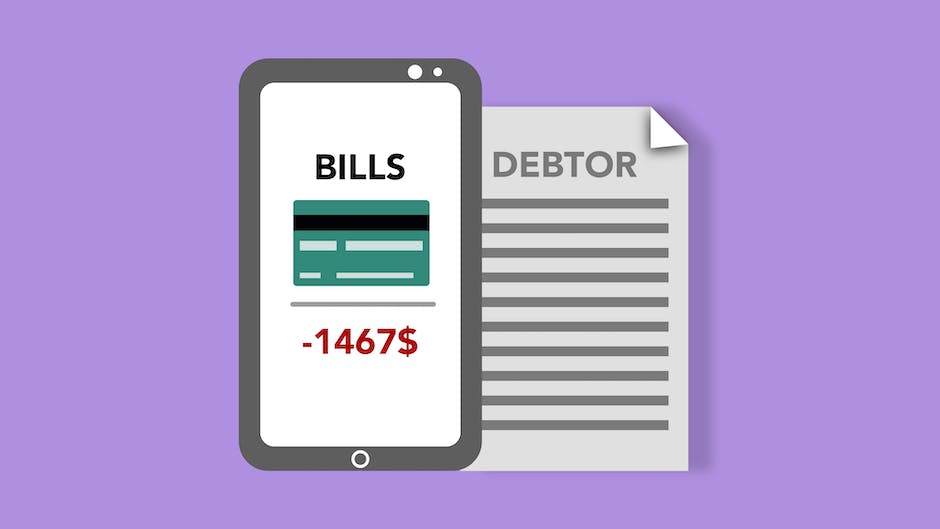
An overdraft fee is a charge levied by a bank when an account holder’s balance goes below zero. The bank covers the deficit, and the account holder is obligated to pay back the money plus an overdraft fee. The bank’s overdraft fee can vary depending on the bank and the region. Most banks charge a flat fee per overdraft, while others charge a percentage of the amount overdrawn. You should read and understand your bank’s policies regarding overdraft fees to avoid any unpleasant surprises.
Keep a Close Eye on Your Account
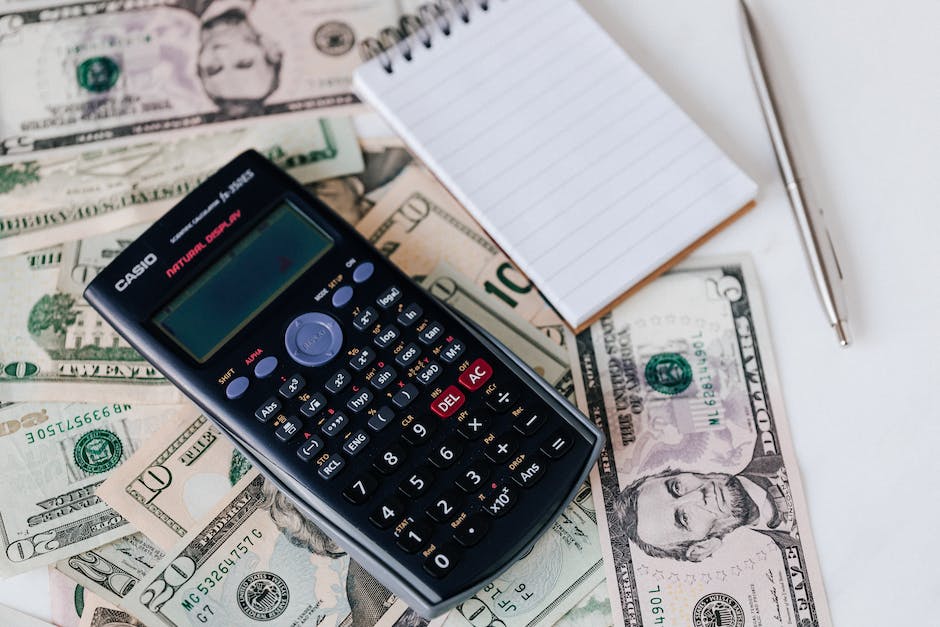
The primary way to avoid overdrawing your account is to regularly check your account balance. Additionally, keeping an eye on your account can help you avoid any unexpected charges or fraudulent transactions. This can help you to identify any errors, such as fees charged in error, unauthorized transactions, or deposit discrepancies. Be sure to check your bank account balance using your mobile app, your bank’s website, or the ATM. In case you notice that you’re getting close to a zero balance, avoid making more purchases using your debit card.
Set Up Low Balance Alerts
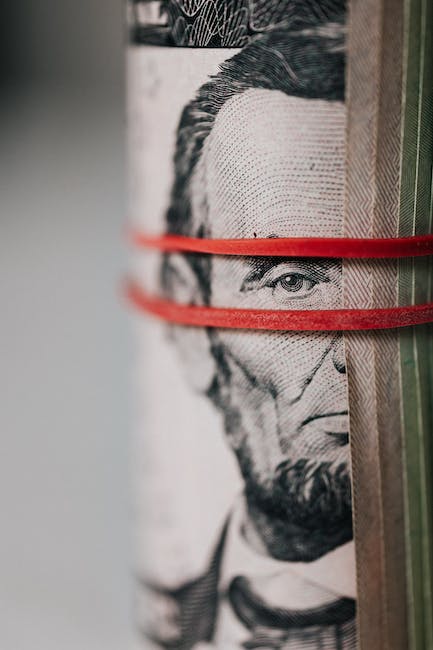
Most banks offer low balance alerts, which can be a useful tool for avoiding overdraft fees. Therefore, it’s imperative to set up these alerts on your mobile app or your bank’s website. These alerts notify you when your account balance falls below a certain threshold, giving you a chance to deposit money before an overdraft occurs. Low balance alerts are customizable based on when you receive them and the amount of balance you want to be alerted about.
Opt Out of Overdraft Protection
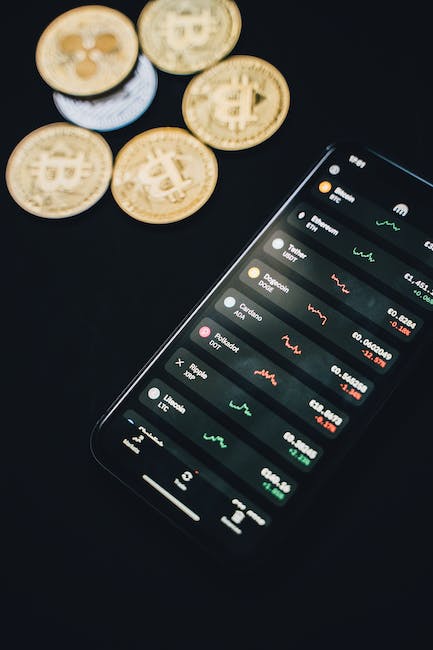
If you do not want to pay overdraft fees, you can opt-out of overdraft protection. This option means if you do not have enough money in your account to cover a purchase, the transaction will be declined. You won’t be charged a fee. By choosing this option, you will, however, need to make sure that you have enough funds available for your transactions.
Choose a Bank with Low Fees

When selecting a bank, one of the factors to consider is its fees. You must determine the bank’s overdraft fees and compare them with other banks. With a little research, you can find a bank that charges lower overdraft fees. Additionally, select a bank that provides the most convenient ways to access your account while avoiding additional fees.
Link Your Accounts

If you have multiple bank accounts, you can link them to avoid overdraft fees. By linking your accounts, you can transfer funds from one account to another to cover any shortfalls, without incurring a fee. This option allows you to have an extra account as an overdraft protection account without paying the fees.
Balance Your Account Regularly
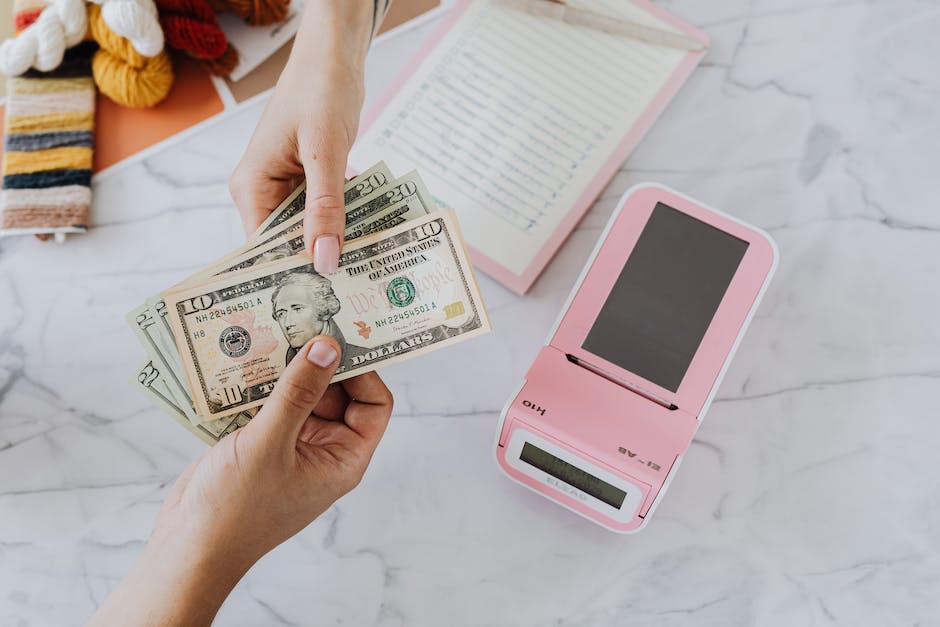
Balancing your account regularly helps you keep track of your finances and avoid any unnecessary fees. This means keeping a record of all transactions and comparing them to your bank statement to ensure that they match. You should make it a routine to balance your account daily. You can use accounting software, a spreadsheet, or just a good old-fashioned pen and paper to record your transactions.
Set Up Automatic Payments

Setting up automatic payments is a convenient way to avoid forgetting about upcoming bills. This way, the money will be deducted from your account automatically, ensuring that you do not overspend and incur an overdraft fee. You can also set up automatic payments for other regular expenses you may have, such as gym or subscription payments.
Use a Budgeting App

It is easy to lose track of what we are spending and end up overdrawing our account. Technology has made things simpler. There are many budgeting apps available to help you keep track of your spending and avoid overspending. These apps can send you alerts when you’re close to reaching your budget for the month, allowing you to adjust your spending accordingly. By using this app, you can keep your balances in check and eliminate the chance of overdrawing your account.
Speak to Your Bank
If you’re already charged an overdraft fee, talk to your bank. Some banks may be willing to waive the fee if it’s your first offense, and your account has otherwise been in good standing. Discuss options with your bank and make sure you understand the fees associated with any solution they may suggest. If you are a long-time customer of the bank, it’s less likely that your bank will let you incur any associated cost without offering any relief.

